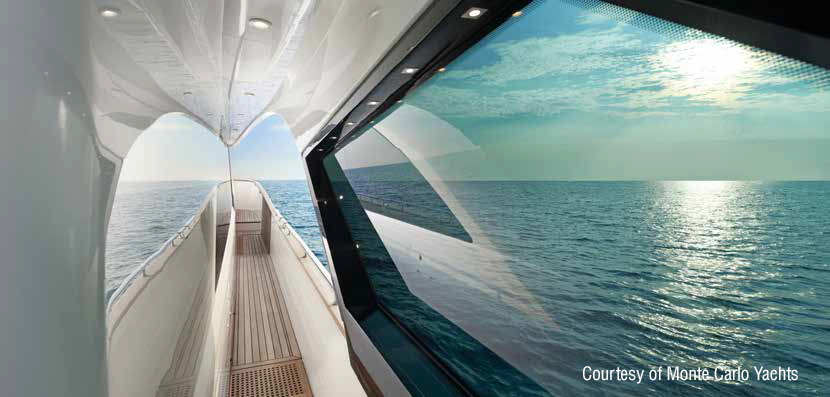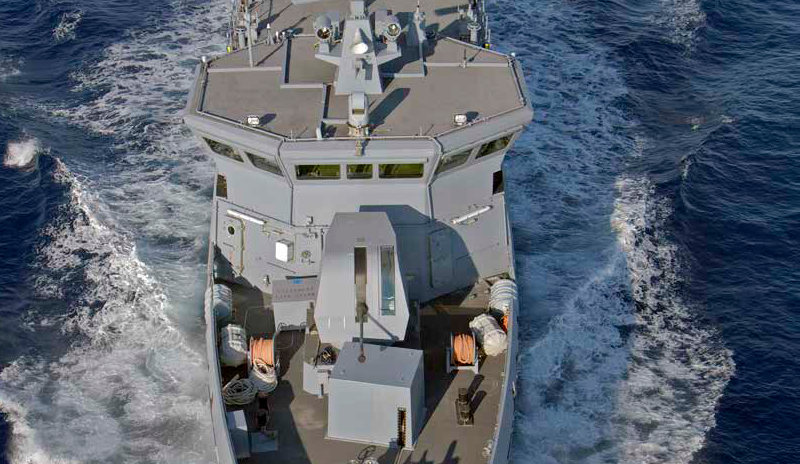MICAD, engineering aimed at the sea’s jewels
CAE technologies in the Marine Industry
Newsletter EnginSoft Year 13 n°1
By Daniele Bruno | MICAD


MICAD has begun his activity since 2004, the expertise in naval, mechanical and design fields of the three founders were merged to create a center of competence suitable to collect energies coming from different grounds. We are rapidly shooting up and now the team is made up of 11 people. Our grounds are the naval and nautical fields focusing on the engineer consultancy for shipyards all over the world. We have been working since 2010 alongside the novelty in the worldwide panorama of luxury yachting, the brand “Monte Carlo Yachts”. They are pioneers in nautical composite materials constructions introducing for the first time the modular assembly system, for this reason they gained in 2015 the “innovation in a production process award” as a part of the prestigious new Boat Builder Awards for business achievement organized jointly by IBI magazine and METS.
Read the articleCASE STUDY
The text provides an in-depth account of Stefano Odorizzi’s journey in founding and growing EnginSoft, our engineering company specializing in computer simulation and modelling. Established in 1984, EnginSoft overcame early challenges, such as the high cost of computing, to emerge as a leader in simulation services, particularly in the fields of mechanical engineering and computational fluid dynamics (CFD). The narrative highlights several key milestones in the company’s history.
cfd metal-process-simulation industry4 news mechanics optimization

CASE STUDY
This technical article describes a comparative study that was undertaken by Intermarine, with the assistance of EnginSoft, between using the Flownex simulation environment and Intermarine’s manual or classic methods (both of which were compared with actual field data from on-board measurements) to predict pressure losses in the various piping systems that convey fluids on board a vessel.
marine energy oil-gas flownex